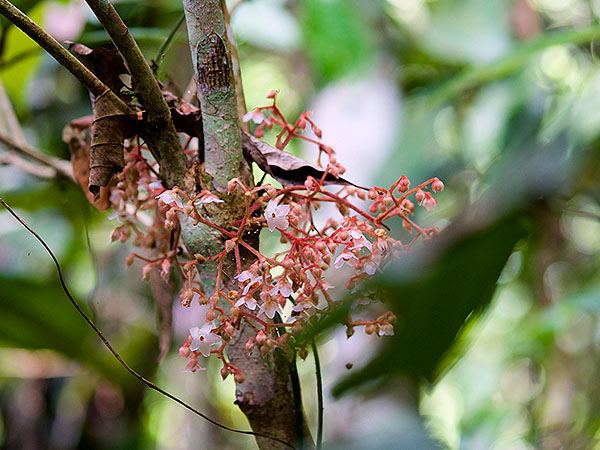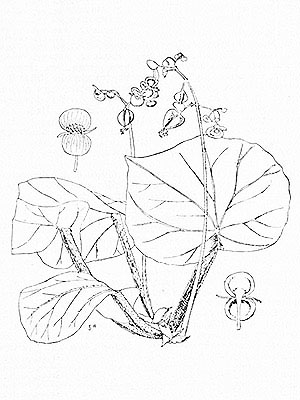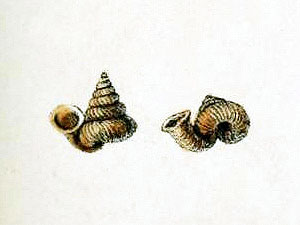Trinta Cinnamon (Cinnamomum trintaense)
This species is, or was, restricted to the state of Perak in Peninsular Malaysia, where it was found growing in dense limestone forests at rather low altitudes; it is known only from material that was collected in 1883 and, having never been recorded subsequently, might now well be extinct. [1]
***
The photo below shows an congeneric species, the Javan Cinnamon (Cinnamomum javanicum Blume), which has a wide distribution that includes parts of Indonesia but also Peninsular Malaysia.
*********************

Photo: plantboyofsingapore
https://www.inaturalist.org/people/plantboyofsingapore
https://creativecommons.org/licenses/by-nc/4.0/
*********************
References:
[1] R. P. J. de Kok: A revision of Cinnamomum Schaeff. (Lauraceae) for Peninsular Malaysia and Singapore. Gardens’ Bulletin Singapore 71(1): 89-139. 2019
*********************
edited: 25.02.2024







